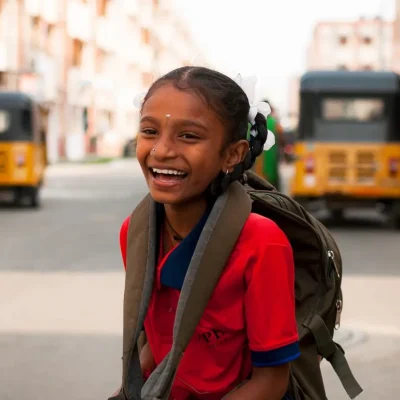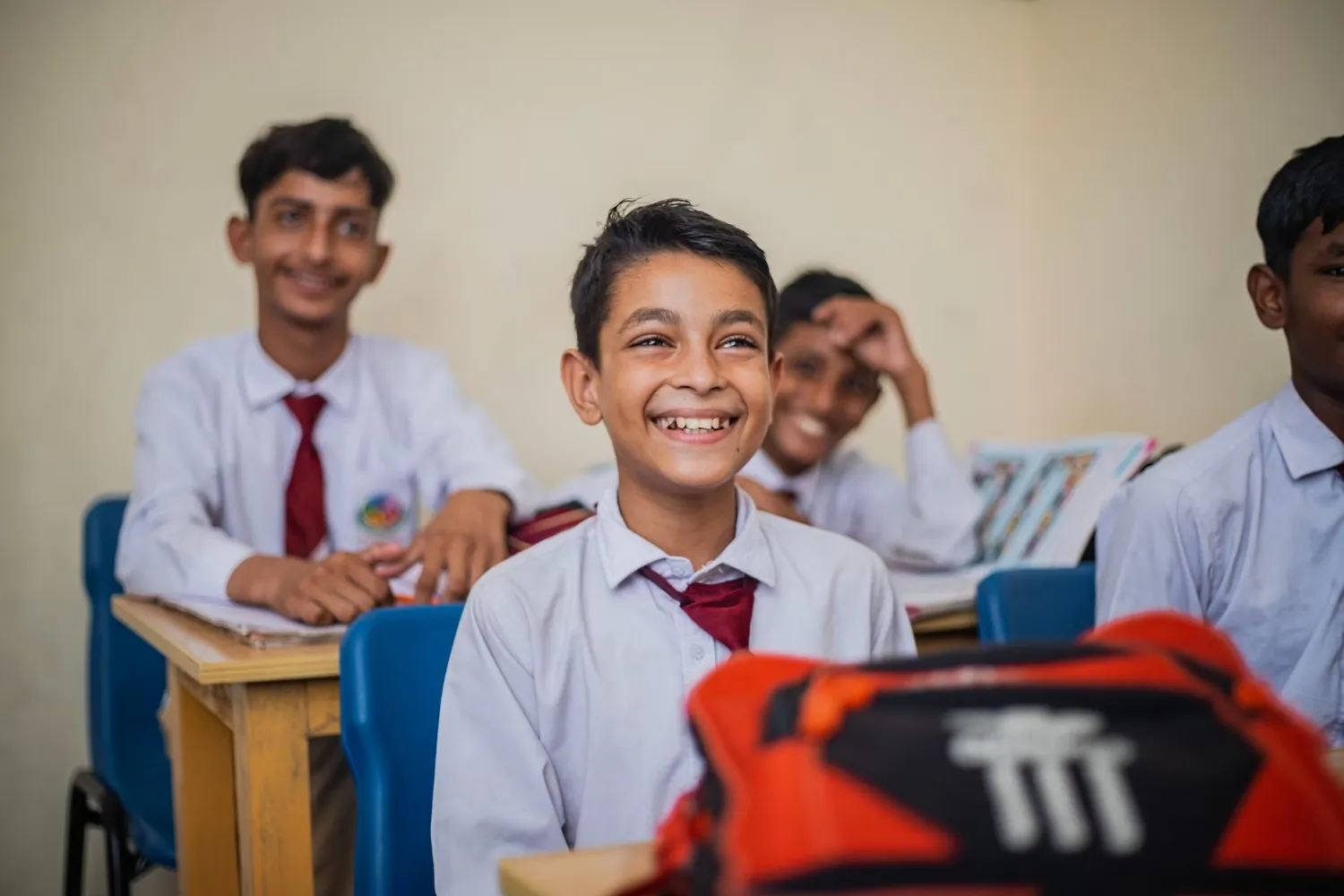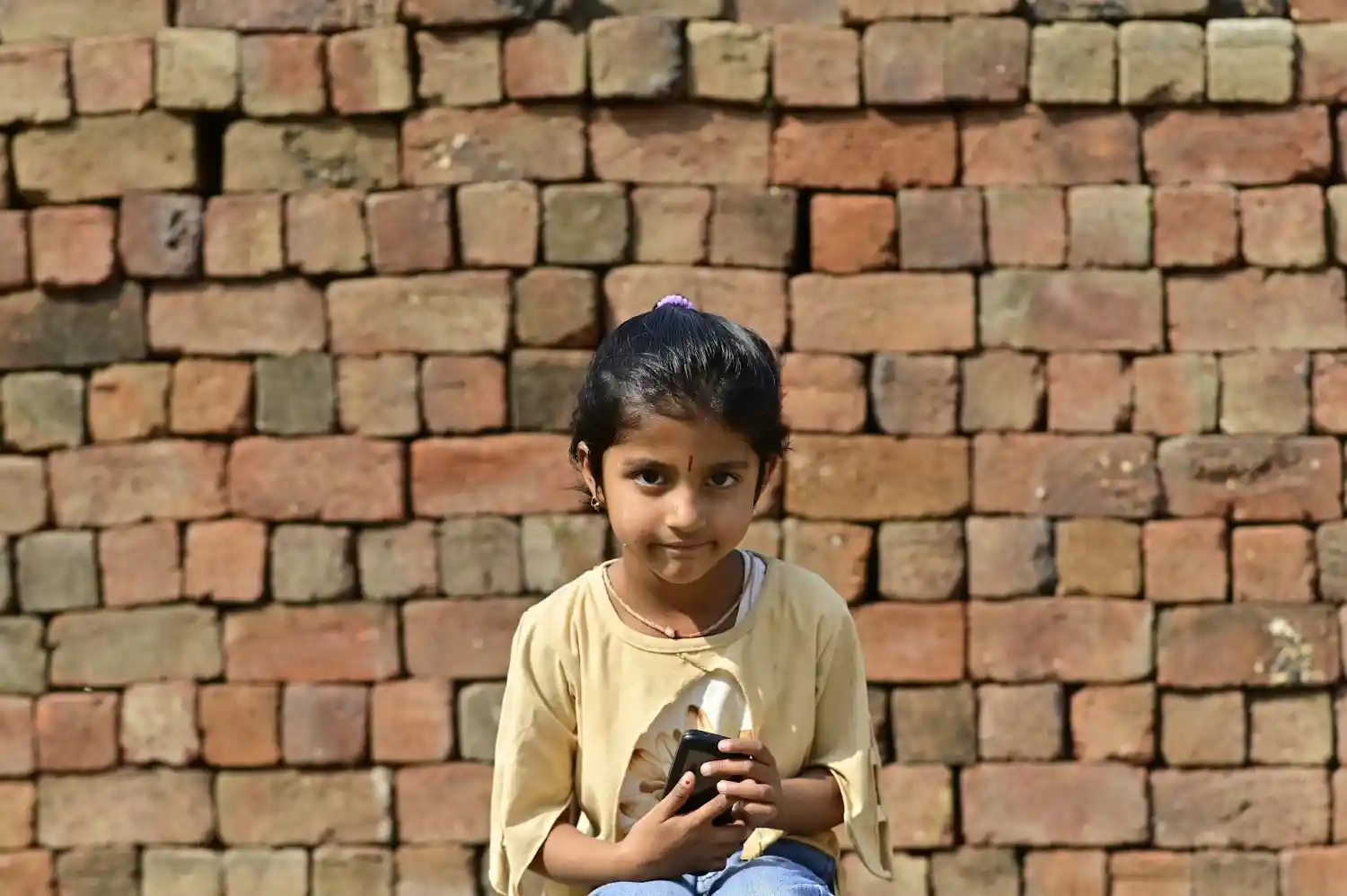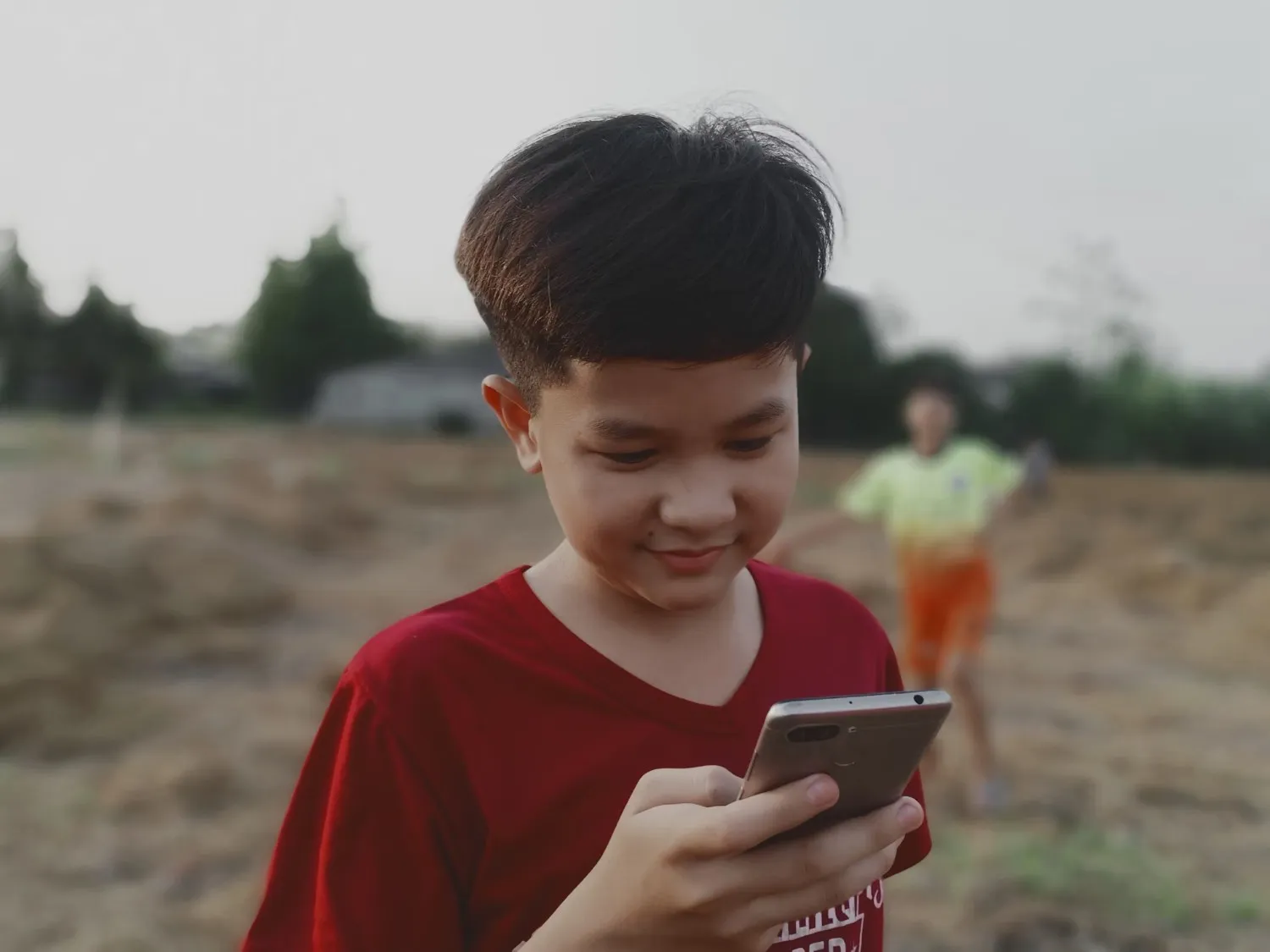Introduction: The Struggle Is Real
I never thought deeply about how our education system works for children with disabilities—then I saw it through the eyes of someone close to me.
It all started when I came across my cousin’s daughter, Ananya, who has cerebral palsy, was refused admission to a local private school in Gujarat. That moment was a turning point.
I began asking questions:
❓ Don’t children like her deserve the same education?
❓ What does Indian law say about this?
❓ What can I do—not just as a relative, but as a citizen?
So, I dove deep into the world of disability rights and inclusive learning in India. What I found was both inspiring and eye-opening—and I want to share it with you, because we’re all part of this change. For a broader look at organizations driving this kind of impact, check out Top 10 Child-Focused NGOs in India from the Unessa Foundation—it’s a great resource on groups supporting kids like Ananya.
Realizing the Rights: What the Law Says in India
I was shocked to learn how many legal protections exist—but how little we know about them.
Here’s what I discovered:

RPwD Act, 2016 (Rights of Persons with Disabilities):
RPwD Act, 2016 (Rights of Persons with Disabilities): Schools must provide inclusive education and reasonable accommodations. It’s not optional—it’s the law.
NEP 2020
The NEP policy promotes inclusive learning at any levels, starting from Anganwadis to higher education, emphasizing early intervention and equity.
Samagra Shiksha Abhiyan
A flagship government scheme funding infrastructure, inclusive learning resources, and teacher training to support differently-abled children.
What inspired me most was understanding about a 2023 case in Indore, where a child with autism was stopped for a school admission. The court ruled in favor of the child and family, supporting that equal access to education is a constitutional right.
It’s a reminder that the law is on our side, even if enforcement is still a work in progress. To learn more about how NGOs are advocating for these rights, the Unessa Foundation’s post on Understanding NGOs: Their Purpose, Impact, and Role in Society is a great starting point.
“Inclusion isn’t charity. It’s justice.” — Spoken by a special educator I met during a workshop in Vadodara
What Does an Inclusive Classroom Actually Look Like?
I used to think inclusion just meant ramps or wheelchair access. But it is much more than that.
I visited in rural Maharashtra government school and I saw:
- A teacher using visual aids, pictures, and symbols to help children with intellectual disabilities grasp math concepts.
- Braille books and tactile maps being used by visually impaired students who were as engaged as everyone else.
- Flexible seating arrangements, group activities, and peer buddy systems that created a truly collaborative environment.
The school followed Universal Design for Learning (UDL) principles. This explains that the curriculum is designed from the ground up to be accessible to all children—not just adapted as an afterthought. For more on creating supportive school environments, the Unessa Foundation’s Creating a Supportive School Environment for Mental Health has practical tips that align with inclusive education.
Fun Fact is Research shows that inclusive classrooms improve outcomes not only for children with special needs but for every child in the room.
Understanding the IEP: A Game-Changer I Had Never Heard Of
One of the biggest revelations in my journey? The Individualized Education Plan (IEP).
While not yet legally mandated in India, many progressive institutions and NGOs like Unessa Foundation have adopted this framework voluntarily. And what a difference it makes!
An IEP customizes learning paths for children with disabilities. Here’s what typically goes into it:
- Clear academic goals, such as achieving foundational math within a 3-month period.
- Support tools, like tablets, dedicated interpreters, or even speech-to-text software.
- Collaboration, where guardians/parents, teachers, and therapists work together to review and update the child’s progress.
I witnessed a session where an IEP was being discussed. It felt like watching a roadmap unfold—one that truly acknowledged the individuality of the child.
🗨 “My son stopped being the kid who was always behind. Now, he’s just another kid with his own learning path.” — A parent I met in Bengaluru. To learn more about how NGOs are supporting kids’ education, check out Top 10 Education NGOs in India from the Unessa Foundation.
Challenges That Still Break My Heart
As much as I was moved by the positive stories, there were also moments that saddened me deeply. The system still faces major hurdles:
- Infrastructural gaps: Many schools don’t even have basic accessibility features like wheelchair ramps, lifts, or tactile signage.
- Shortage of qualified educators: Particularly in rural or low-income urban areas.
- Social stigma and misinformation: Parents often hesitate to send their child to school for fear of judgment or neglect.
A UDISE 2023 report showed that only 61% of Indian schools are partially equipped for students with disabilities. That means almost 4 out of 10 schools lack even basic provisions.
But here’s the silver lining: Awareness is rising. Parents are speaking up. Schools are beginning to listen. The Unessa Foundation’s post on Why I Believe Community Involvement in Education Changes Everything dives into how communities can push for change.
Technology: The Hidden Hero of Inclusion
One of the most empowering aspects of my journey was understanding how technology is bridging gaps in education.
In a classroom in Kerala, I watched a child use speech-to-text software in Malayalam to write an essay. Another student revised her history notes using a text-to-audio mobile app. It was incredible to see.
Some tools that stood out:
- Sugamya Pustakalaya, a library offering thousands of accessible books.
- Government-funded Braille displays, distributed in state-run schools.
- AI-powered adaptive learning platforms, which adjust difficulty levels based on student understanding.
🔧 Tip: Many of these tools are now available offline, making them useful even in low-connectivity regions.
Pro tip: A lot of these tools work offline, which is huge for areas with spotty internet. For more on how organizations are leveraging tech for education, the Unessa Foundation’s Empowering Communities: Role and Impact of Unessa Foundation highlights their work in bringing resources to underserved kids.
Stories That Gave Me Hope
1. Rajasthan
In a small village, Unessa installed Braille-enabled smartboards. Within a year, visually impaired student attendance rose by 75%.
2. Mumbai
A municipal school introduced audio-based learning modules. By year-end, 80% of students with learning disabilities passed their exams, a huge leap from the previous year.
Your Neighborhood?
Yes, this is happening all around us—but it needs your voice to keep going.
These changes are happening all around us, but they need our support to keep going. If you’re curious about how to get involved, the Unessa Foundation’s How to Find and Support Local NGOs Near You is a great guide.
What Can You and I Do?
Initially, I thought I had to join a full-time NGO to make a difference. But here’s what I’ve learned—small actions count:
- Talk to your local school about making classrooms more accessible.
- Volunteer your time or skills with grassroots organizations like Unessa.
- Sponsor learning materials or assistive devices for a child in need.
- Share helpful content with parents of children with disabilities.
- Speak up when you see exclusion, even in everyday conversations.
💬 “When education is inclusive, society becomes compassionate.” — A teacher in Ahmedabad is now training educators in inclusive techniques.
Final Thoughts: This Journey Changed Me
What began as a personal concern became a transmuting experience. Learning about the rights of disabled students in India made me understand that inclusion is not a luxury—it’s a necessity.
Every child deserves the chance to learn, grow, and dream—regardless of their physical or cognitive challenges.
💛 Donate to Support Mental Health Programs 💛
Your donation helps us fund:
- Emotional health toolkits for classrooms
- Training sessions for teachers and caregivers
- Mental health workshops and counseling support
- Art and play therapy sessions for children in trauma
Even a small monthly contribution can fund mindfulness materials, journals, or wellness kits for multiple children.
Want to see how effective digital platforms can amplify NGO impact? Check out The Power of NGO Websites: Examples and Key Elements.
















